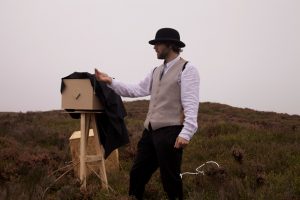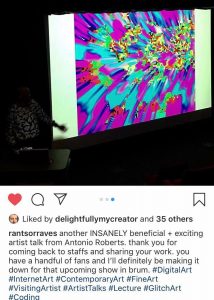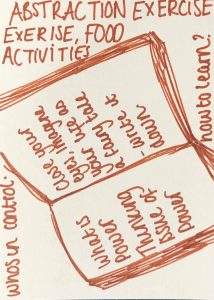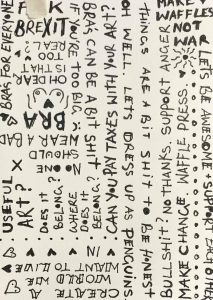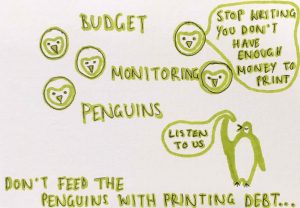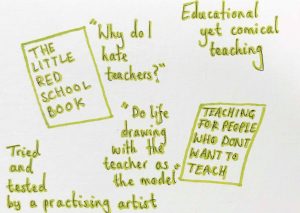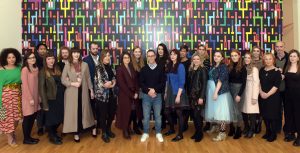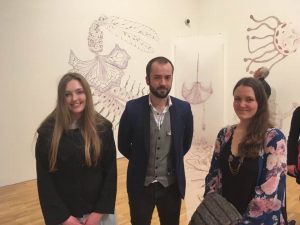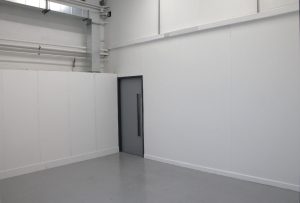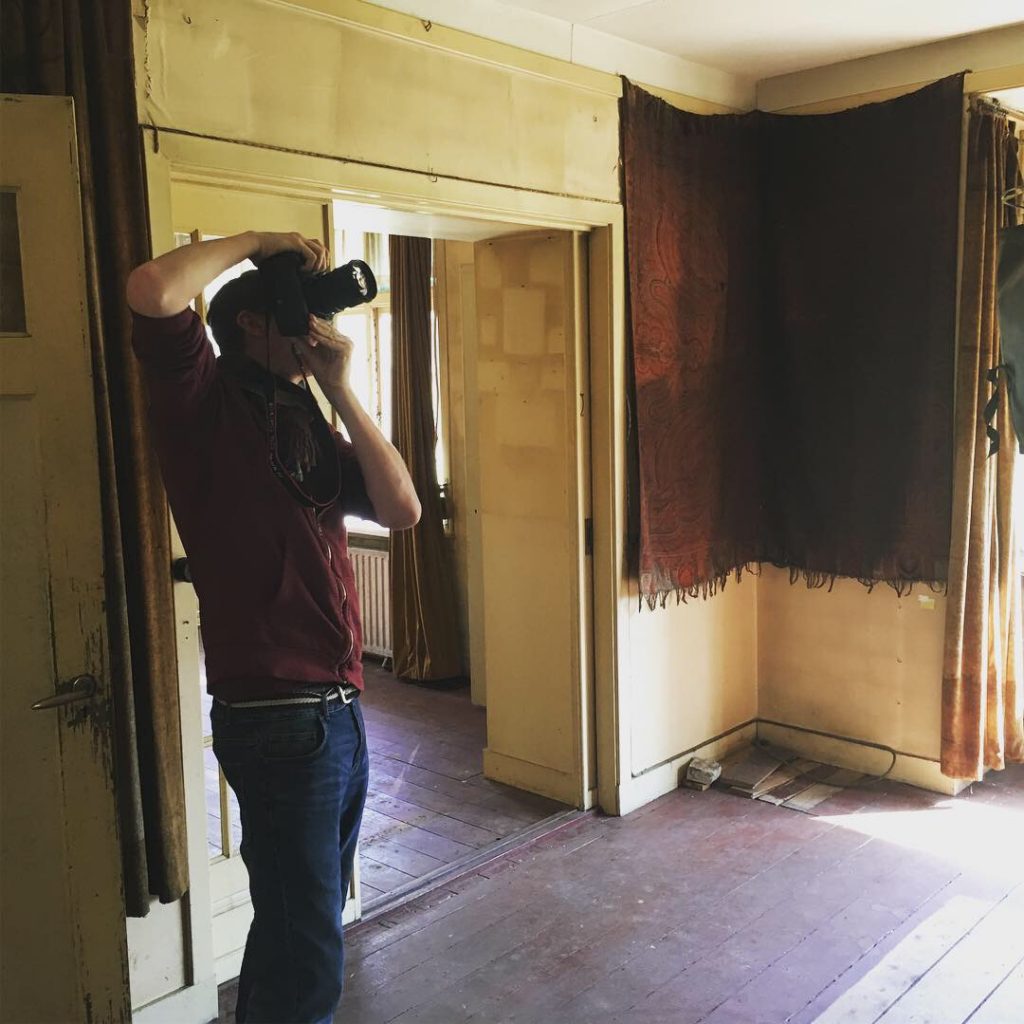
Michael Branthwaite on location
In the second in our series of blog posts celebrating the excellent research and artistic practice being undertaken by the Fine Art Teaching Team, we share the work of Senior Lecturer Michael Branthwaite, at an important moment in his research. Michael is this week away from the University undertaking research in Holland, Germany and Austria. As well as being course leader for the Foundation Year in Art and Design, Michael also uses his hands on skills as a creative practitioner to provide an important bridge for our students, as they move from F.E. and into H.E.
You can see more of Michael’s work via his website: http://www.michaelbranthwaite.com/
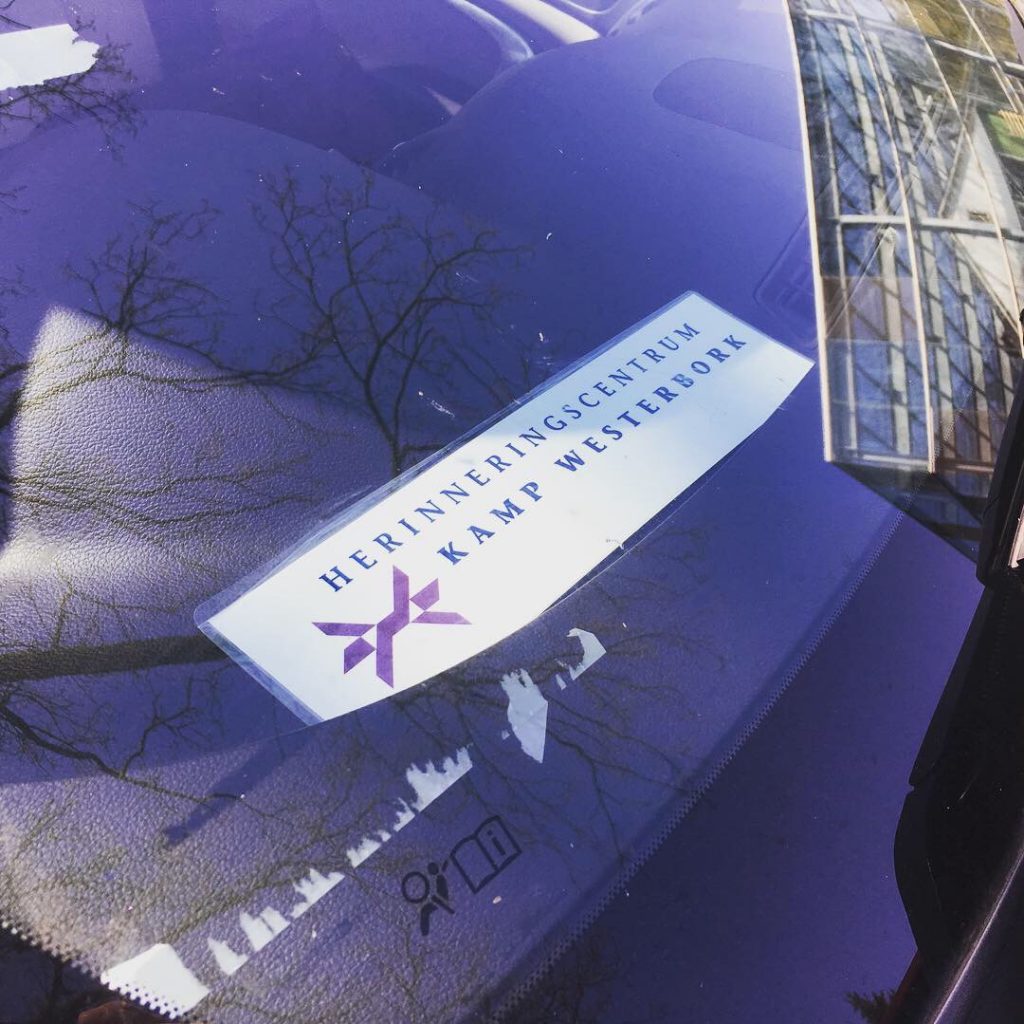
Michael Branthwaite’s research trip to Germany, Holland and Austria
‘During research at the site of Treblinka Extermination and Prison Camp carried out by the Centre of Archaeology at Staffordshire University a number of discoveries led to an opportunity to confirm and challenge the history of the extermination camp, and demands (from the public) to view the objects. In order to address these challenges and to ensure that a successful dissemination strategy was developed, myself and archaeologist (Caroline Sturdy Colls) formed a collaboration. My role in this collaboration was to assist in two initiatives: (1) the development of a factual exhibition centred on the newly discovered remains at Treblinka. (2) lead the production of the commissioning of artworks that responded to the archaeological findings. It was important during this process to find a balance between engaging visitors and opening up possibilities ‘without feeding people’s propensity to glorify war, stoking their macabre or voyeuristic fascination with terror, trivializing the event, and, above all, sacrificing the victim’s dignity – essentially making them victims for a second time’( Ehrenreich and Klinger 2014:113)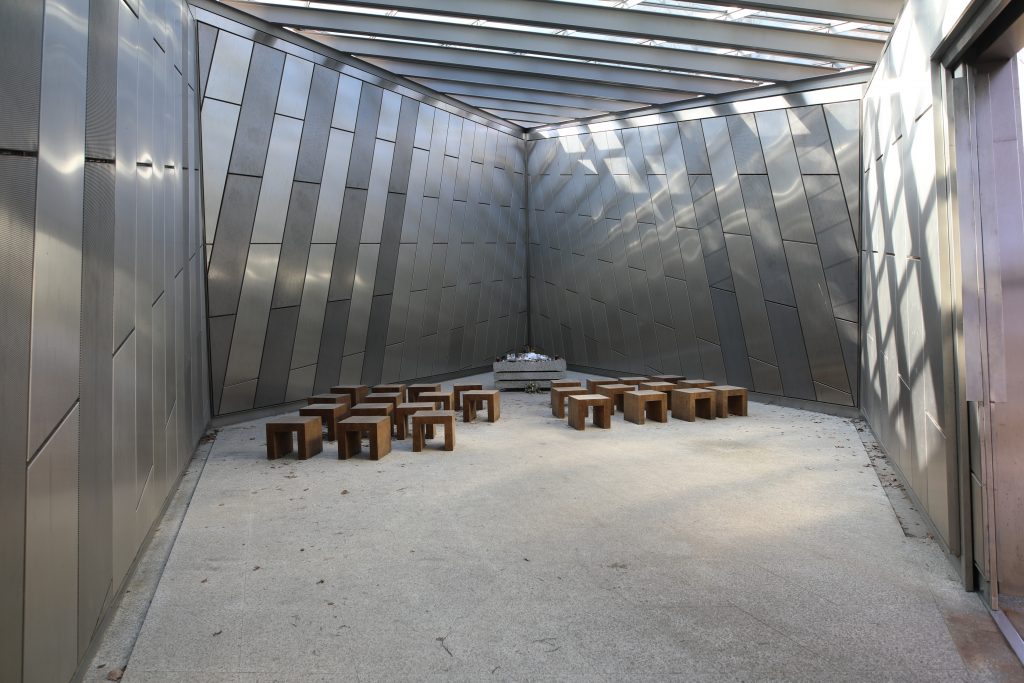
This project has led to a continued collaboration on the iC-ACCESS campscapes project that I’am currently working on which focuses on camps or mass-interment across Europe. At the moment I’am gathering research material from Kamp Westerbork in the Netherlands and Bergen-Belson in lower Saxony, Germany. ( see images) This will form part of a physical exhibition planned for the Open Society Archives Budapest and Wiesenthal Institut für Holocaust Studien Vienna. The material will also be used by iC-ACCESS on its digital platform to expand the ways in which these sites can be discussed in relation the Europe traumatic past.’
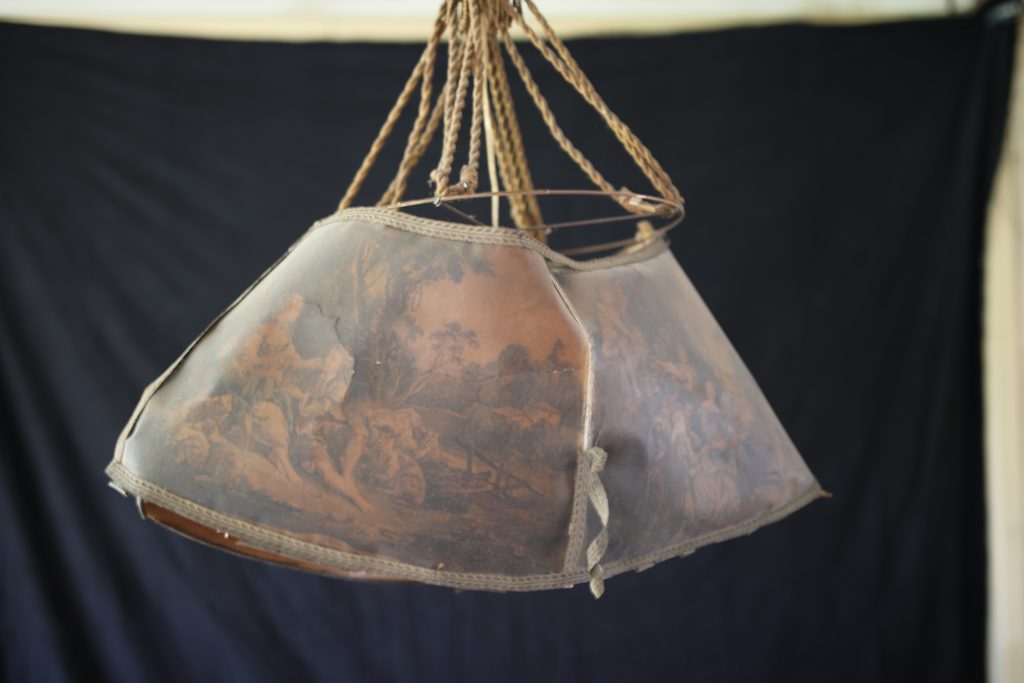


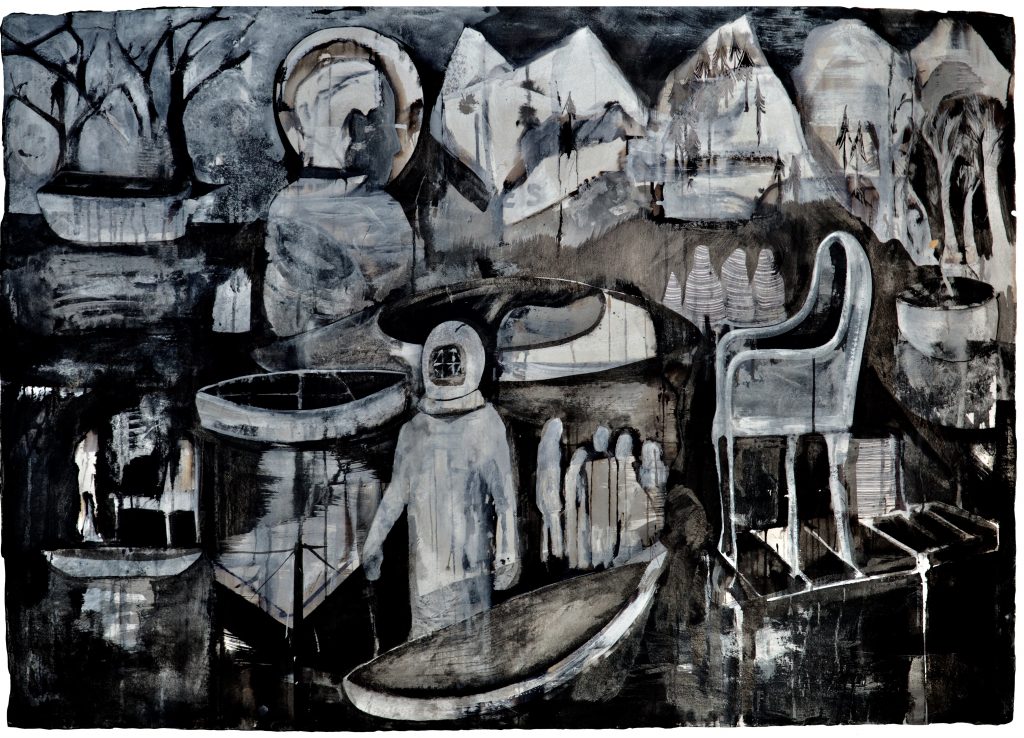
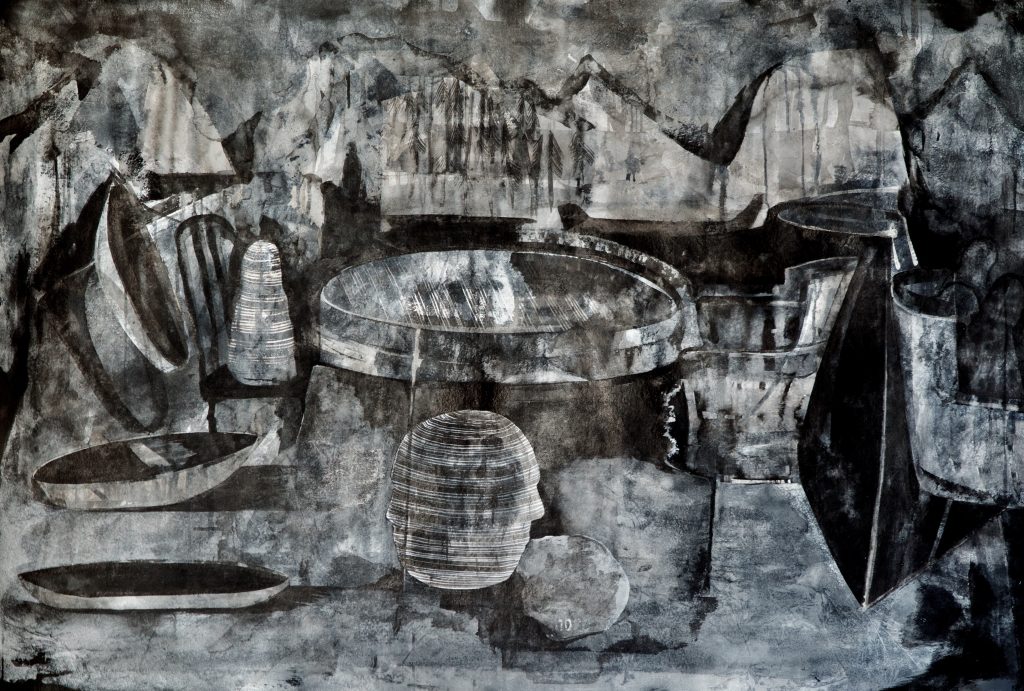
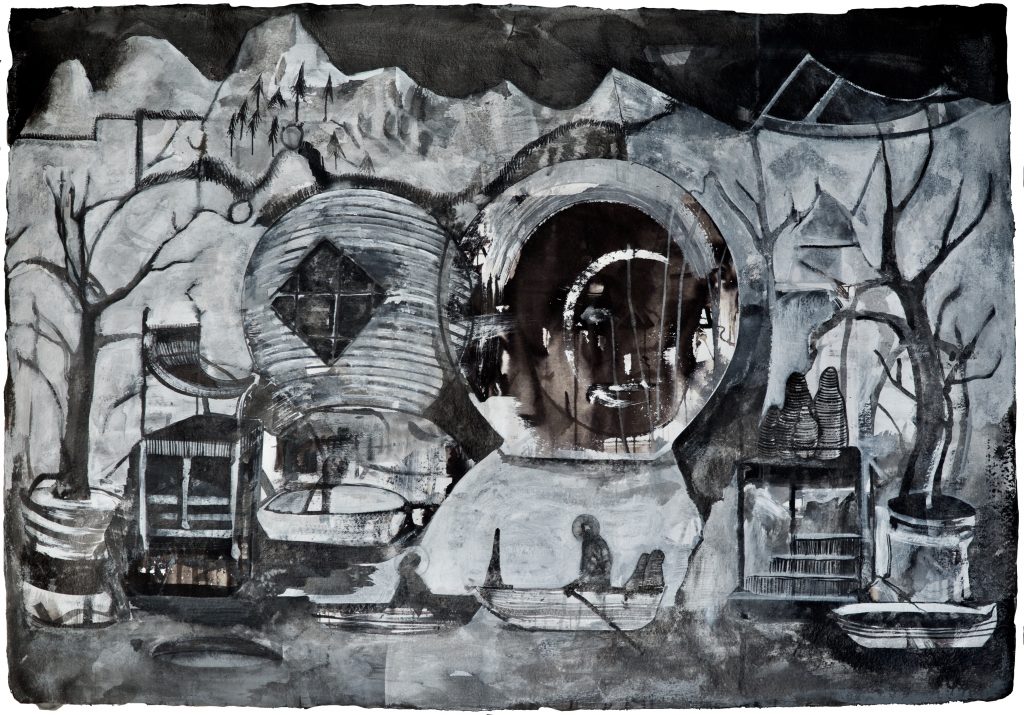
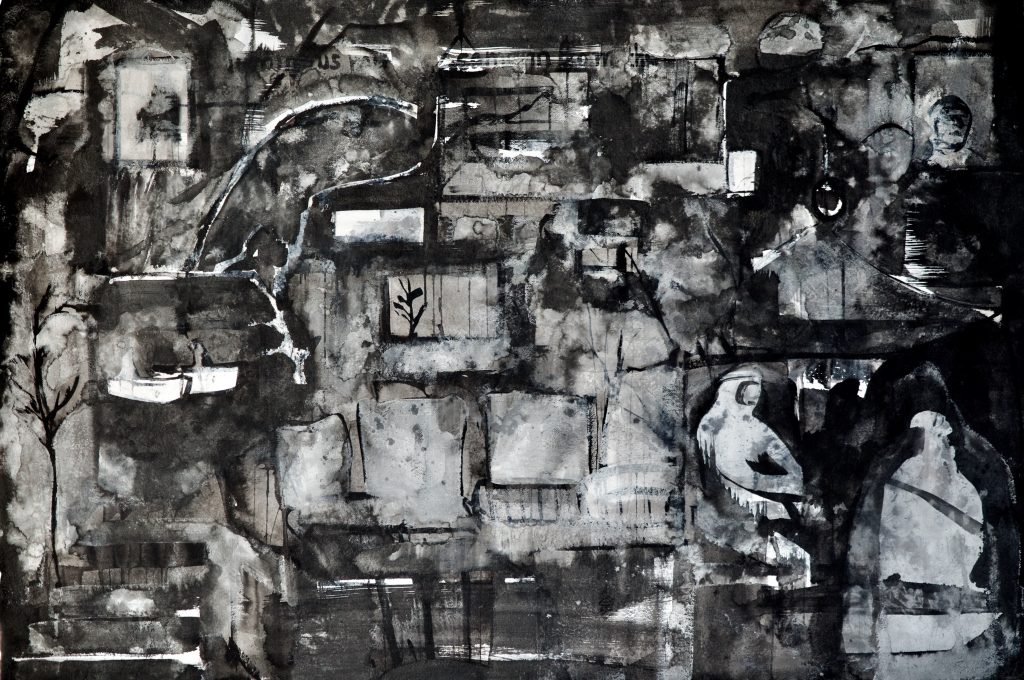
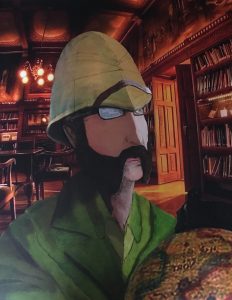 This world is truly astounding; I have come across the artist David Bethell who within his artistic practice uses a Fabricated and fictitious character who could be based on myself. This character named Doctor Bird; this is no imposter though it is performance, the character features in several of his artworks, these which make use of the peculiar and frankly wondrous medium of moving pictures. Bethell’s work is fascinating, for some of it he explores existing artworks and constructs one of a kind functional objects that operate in their natural environment so much so they’re tested to their material limits until they cease to function. This process is documented and exhibited.
This world is truly astounding; I have come across the artist David Bethell who within his artistic practice uses a Fabricated and fictitious character who could be based on myself. This character named Doctor Bird; this is no imposter though it is performance, the character features in several of his artworks, these which make use of the peculiar and frankly wondrous medium of moving pictures. Bethell’s work is fascinating, for some of it he explores existing artworks and constructs one of a kind functional objects that operate in their natural environment so much so they’re tested to their material limits until they cease to function. This process is documented and exhibited.